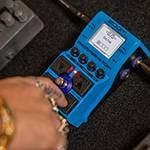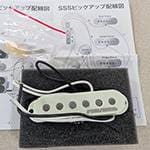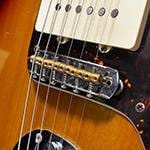This is the third edition of my blog series for simple instructions to rudiments. This time, I’m going to talk about rolls.
You can check out the previous blog posts here:
⇒ Basic Drum Practice! Learn Rudiments Easily - Stroke and Diddle Edition
⇒ Basic Drum Practice! Learn Rudiments Easily - Paradiddle Variation Edition
Types of Drum Rolls
When you think of rolls, the buzz roll often comes to mind, especially used during announcements or results. However, there are several other rolls within the rudiments.
■ Examples of Drum Rolls
The stick techniques and finger control you’ve learned from strokes and paradiddles in previous posts are crucial. Practice these along with the rolls.
● Single-Stroke Roll
A rapid series of single strokes.
Practice aiming for evenness in all the notes.

● Double-Stroke (Open) Roll
A rapid series of double strokes.
Start slowly and ensure you master the correct finger techniques.

● Triple-Stroke Roll
A roll where each hand plays three strokes. Finger and wrist techniques are even more critical than in double strokes, so practice steadily at a slow tempo.

● Buzz Roll
A roll achieved by bouncing the stick multiple times.
This is relatively easier among roll rudiments, but ensure the notes are even.
When practicing on the snare drum, hitting closer to the rim can produce more bounce, making it easier to perform.

● Single-Stroke Four
A four-stroke roll combining triplets and eighth notes.
If you add accents, make sure all notes are even besides the last one.

● Single-Stroke Seven
A seven-stroke roll combining sextuplets and quarter notes.
Apply the same principles as in the Single-Stroke Four.

Songs Utilizing Roll Rudiments
Here are a few songs that incorporate roll rudiments:
● PolyphonicBranch / Aizora Domei
This song uses various techniques with a focus on the snare and tom drums, including numerous rolls.
Pay attention to dynamics in double-stroke rolls and differentiate between open and buzz rolls for a successful performance.
● PolyphonicBranch / Reimei Wonder Resist
The song effectively uses ghost notes and rolls, creating a phrase with a sense of speed.
When playing, remember that lower head tension makes it difficult to get rebounds, so use your fingers to control the sticks.
The end of the buzz roll of the intro can be played with an open rimshot for a more interesting phrase with a variation of tone colors.
● Tokyo Jihen / Kenka Joto
The fill section in the interlude seems to use single-stroke four.
Emphasizing dynamics can help accentuate the accents more clearly, making it a good practice for focusing on expression rather than just following the notes.
● Kobaryo / Invisible Frenzy -Genuine Version-
Playing this song may be a challenge, but rolls are essential if you attempt it on drums.
Although there aren’t any complex phrases, the BPM is close to 250, requiring significant practice.
In fast BPM songs, maintaining control over each note is crucial, so try to stay mindful of dynamics.
How was it?
Rolls are often used in fills, but the finger and wrist techniques learned from rolls can be applied to ghost notes and other occasions.
Practicing to even out your notes is also beneficial for accent practice, so be sure to incorporate these into your routine!







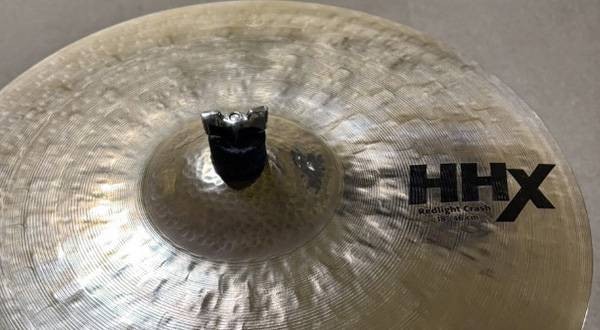


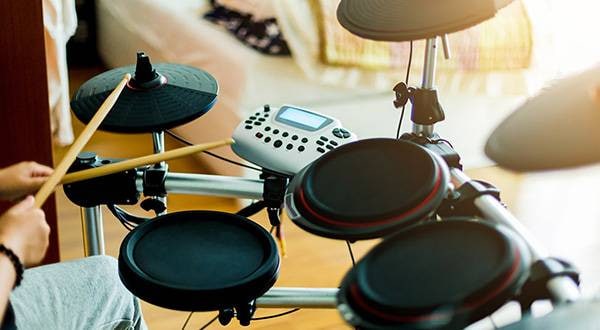

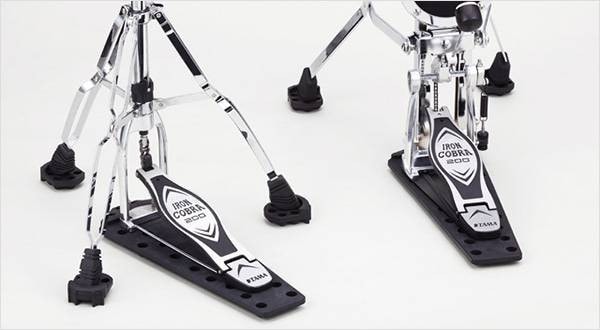

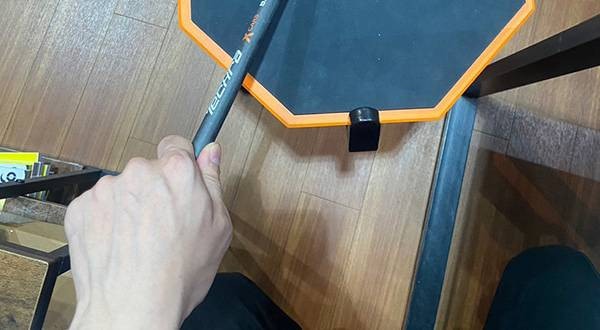
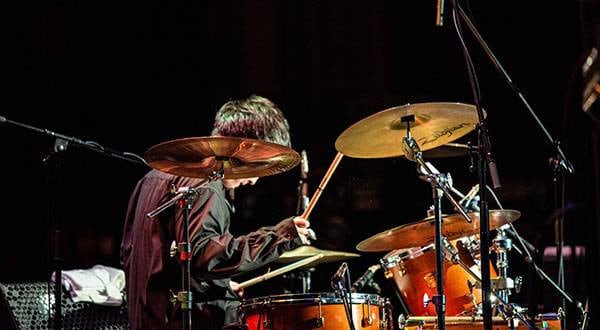
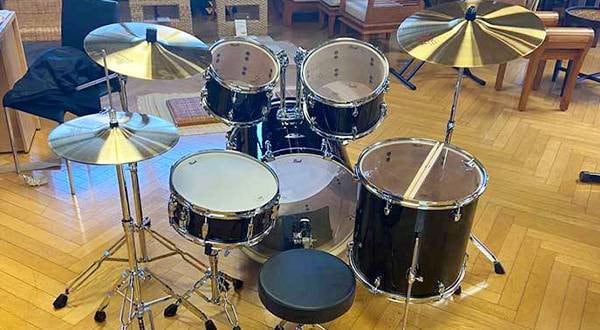
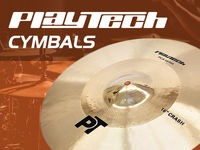 PLAYTECH シンバル
PLAYTECH シンバル
 おすすめ電子ドラムセット
おすすめ電子ドラムセット
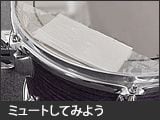 ミュートしてみよう
ミュートしてみよう
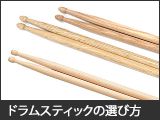 ドラムスティックの選び方
ドラムスティックの選び方
 基本的なドラムセット
基本的なドラムセット
 ドラム初心者講座
ドラム初心者講座

